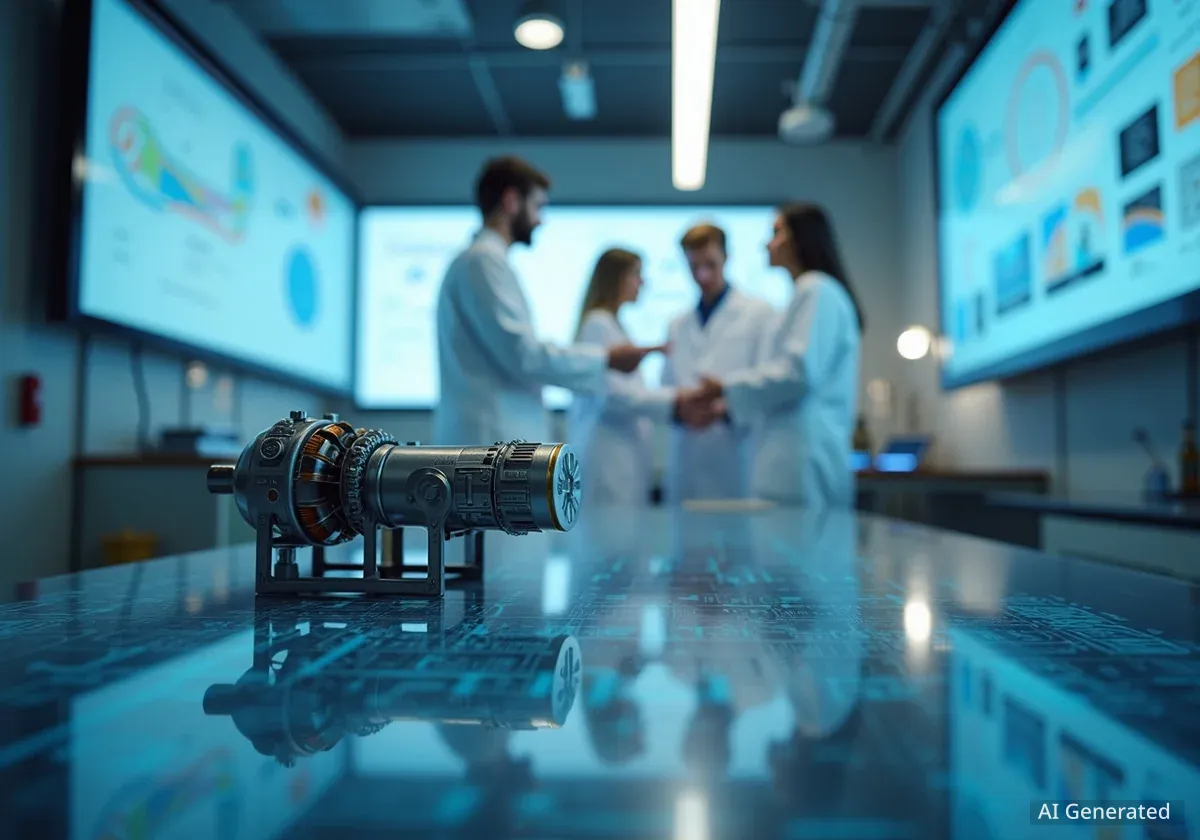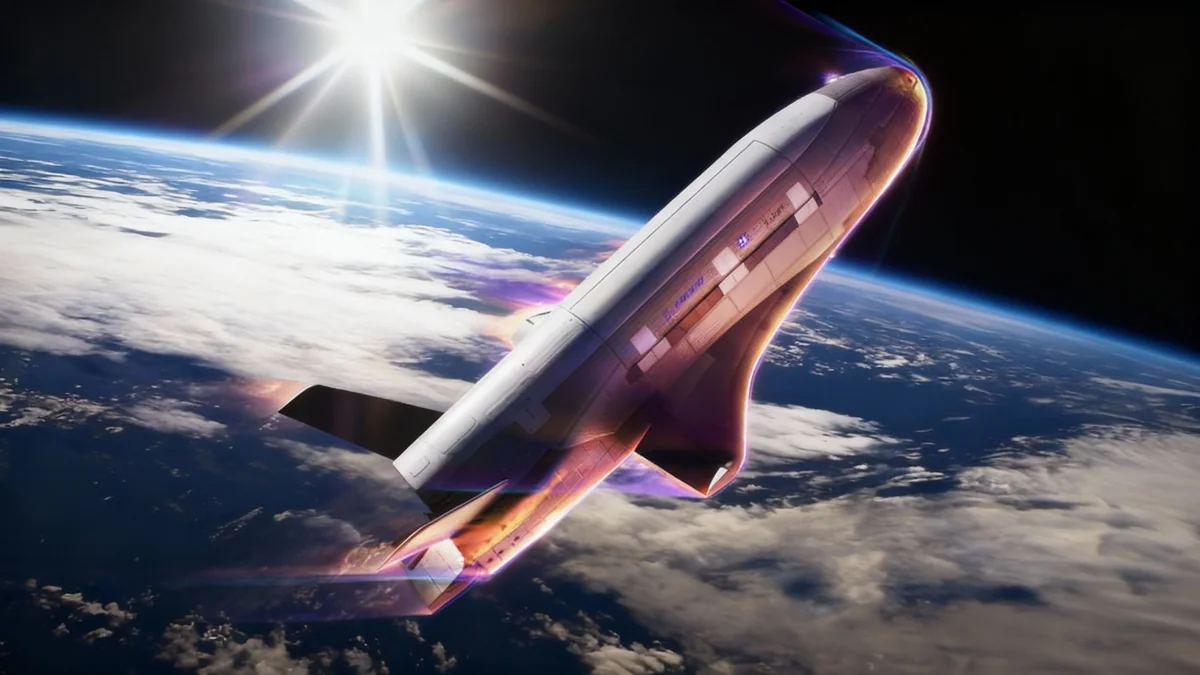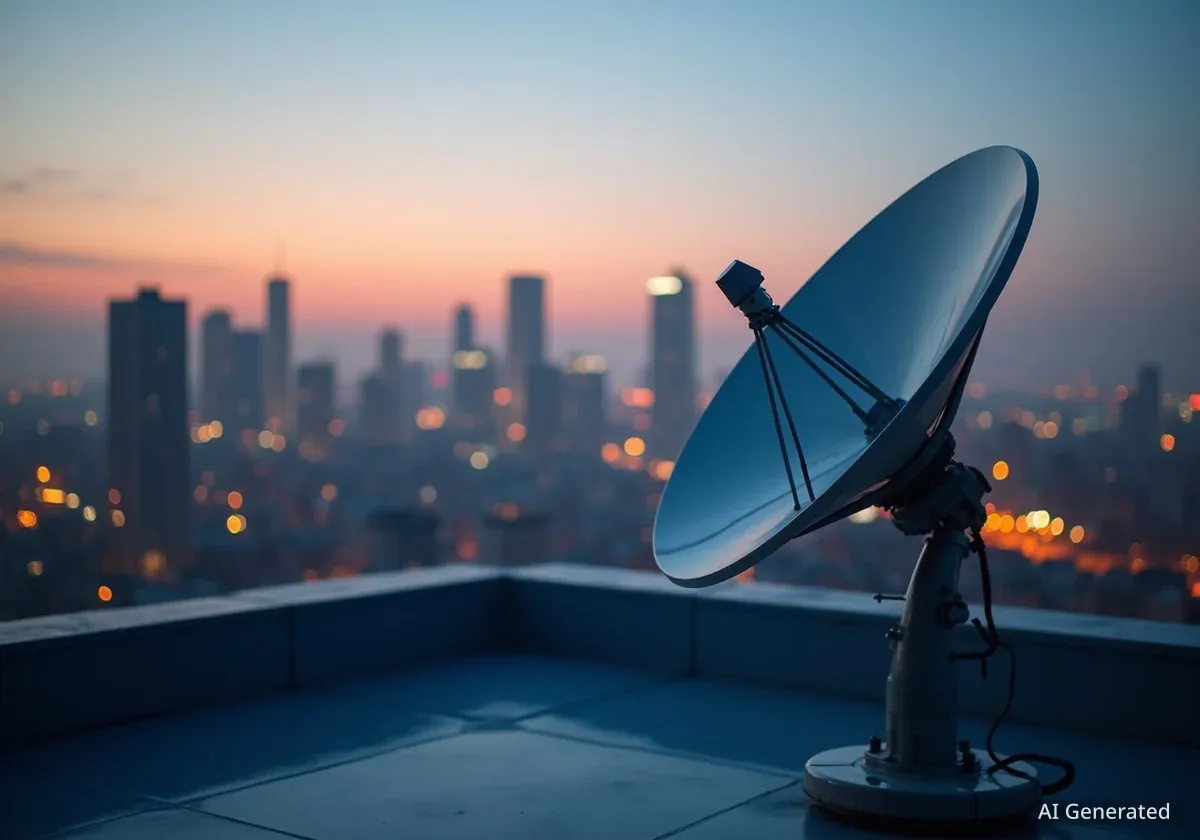A bipartisan group of lawmakers in Washington has introduced new legislation aimed at formally strengthening the partnership between the Department of Energy (DOE) and the National Aeronautics and Space Administration (NASA). The proposed act seeks to accelerate American innovation by encouraging the two agencies to share research, technology, and critical data.
Key Takeaways
- A bipartisan bill, the DOE and NASA Interagency Research Coordination Act, has been introduced in the U.S. Senate and House.
- The legislation aims to formalize collaboration and data sharing between the Department of Energy and NASA.
- Key research areas include advanced computing, energy storage, materials science, and space-based observation for applications like wildfire mitigation.
- The bill is sponsored by Senators Dan Sullivan (R-Alaska) and Adam Schiff (D-Calif.), with a companion bill in the House.
A Push for Unified Research
Lawmakers have put forward the DOE and NASA Interagency Research Coordination Act to create a more structured framework for collaboration between two of the nation's premier scientific agencies. The primary goal is to leverage the unique strengths of each organization to advance national interests in science, energy, and space exploration.
The Department of Energy is known for its extensive network of research labs and powerful supercomputing capabilities. NASA, in turn, possesses unparalleled expertise in space exploration, aeronautics, and Earth observation. The legislation authorizes the agencies to formalize their partnership and pool their resources more effectively.
Combining Strengths
This initiative recognizes that many modern challenges require a multi-disciplinary approach. For example, developing new energy systems for deep-space missions requires expertise from both energy scientists at the DOE and aerospace engineers at NASA. Similarly, analyzing vast amounts of climate data from space requires NASA's observation tools and the DOE's supercomputers.
Bipartisan Support from Coast to Coast
The bill was introduced in the Senate by Dan Sullivan, a Republican from Alaska, and Adam Schiff, a Democrat from California, signaling broad, bipartisan support for the initiative. A companion version of the legislation was also introduced in the House of Representatives by Nick Begich (R-Alaska) and George Whitesides (D-Calif.).
Senator Sullivan highlighted the direct benefits for his state, noting its strategic position in both energy and space activities. He emphasized the potential for synergy between the two agencies.
“Alaska is where space and energy meet,” Senator Sullivan stated. “The Department of Energy brings unmatched research labs and supercomputing capabilities. NASA brings world-leading space expertise. When they work together, it’s good for America—and it’s great for Alaska.”
Senator Schiff pointed to practical, earth-bound applications of this enhanced collaboration, particularly for his constituents in California.
“The partnership between the DOE and NASA is essential for the future development of scientific and energy innovations,” said Senator Schiff. He added that he was proud to ensure the agencies can collaborate on programs including “wildfire mitigation — something that is critical to communities in California.”
Targeted Areas for Joint Innovation
The legislation encourages the agencies to focus their joint efforts on several high-impact areas where their combined expertise can yield significant breakthroughs. These fields are crucial for both future space missions and improving life on Earth.
Key Areas of Focus
- Advanced Computing: Utilizing the DOE's supercomputers to process complex data from NASA's space missions and climate models.
- Energy Storage: Developing next-generation batteries and power systems for spacecraft, satellites, and terrestrial applications.
- Materials Science: Creating new, durable materials that can withstand the extreme conditions of space and have applications in the energy sector.
- Space-Based Observation: Using NASA's satellite technology to gather data for a wide range of uses, from monitoring climate change to helping manage natural disasters like wildfires.
The emphasis on wildfire mitigation is a clear example of the bill's practical intent. By combining NASA's satellite imaging capabilities with the DOE's data analysis power, emergency responders could gain more accurate and timely information to combat and predict the spread of wildfires.
Accelerating America's Scientific Future
Proponents of the bill argue that formalizing this partnership is a strategic move to maintain the United States' leadership in science and technology. By breaking down institutional silos, the legislation aims to create a more agile and efficient research and development ecosystem.
This collaboration could lead to faster development of technologies needed for ambitious goals, such as long-duration missions to the Moon and Mars, while also producing innovations that can be applied to the nation's energy grid, environmental monitoring, and computing infrastructure.
The bill represents a forward-looking approach to federal research, acknowledging that the biggest challenges of the 21st century require the combined power of the nation's top scientific minds and resources. As the legislation moves through Congress, its supporters hope to build a stronger foundation for the next generation of American discovery.





